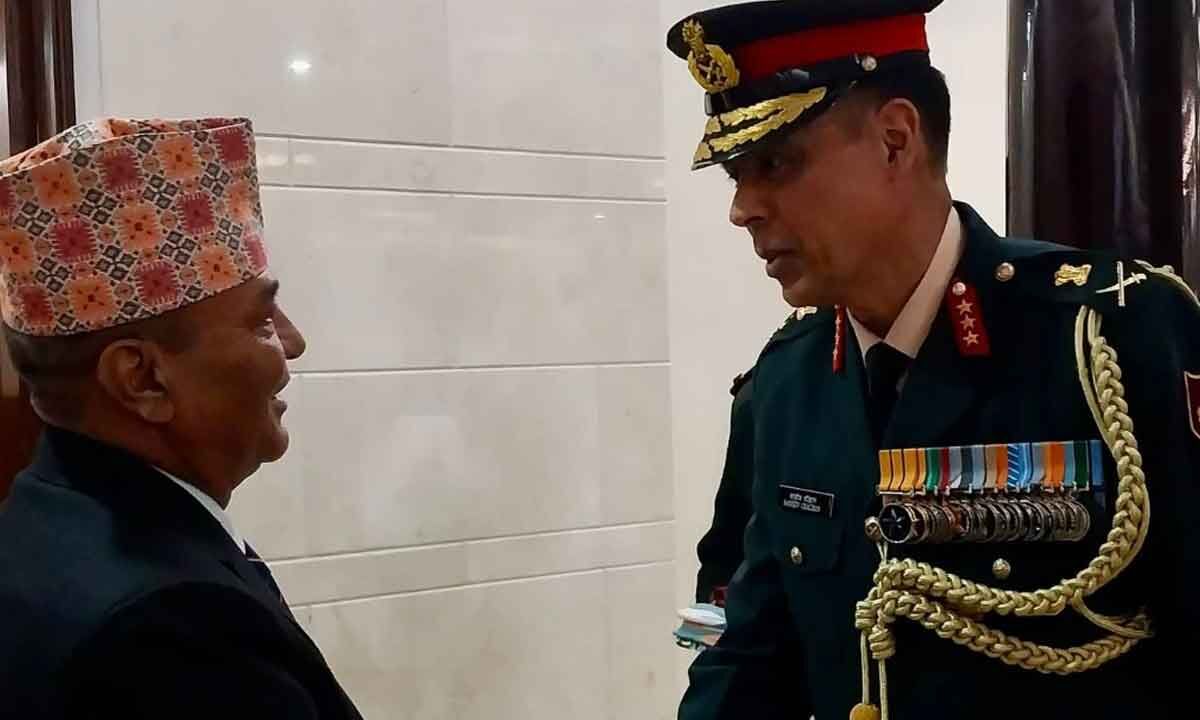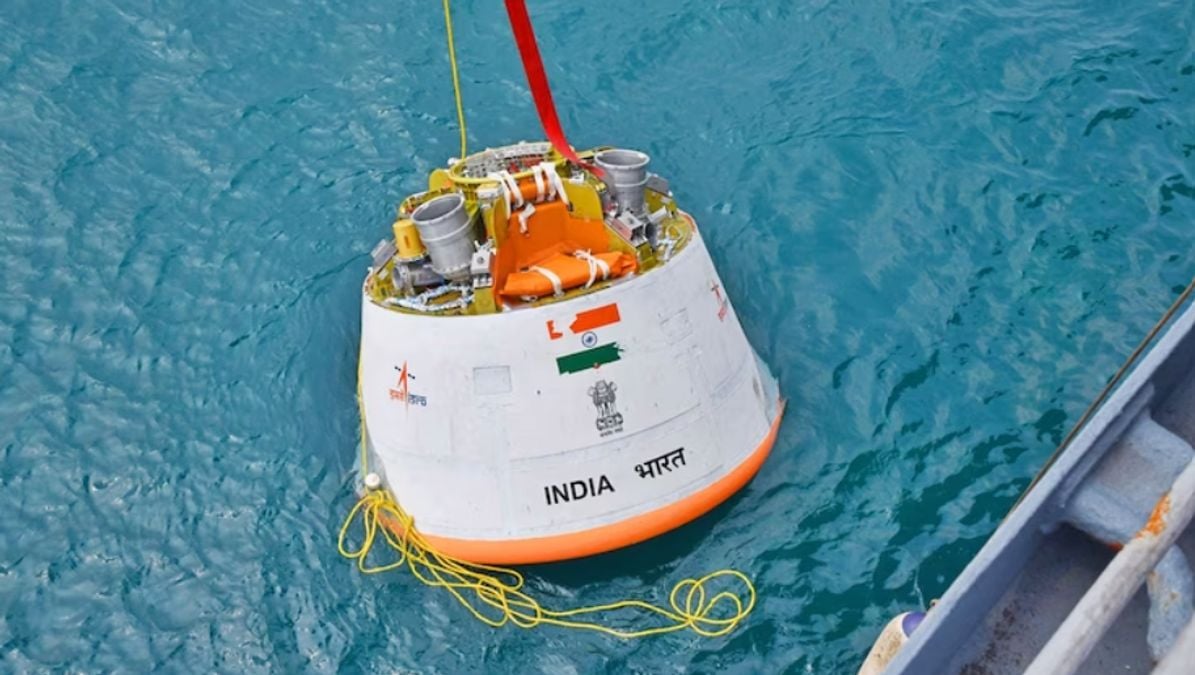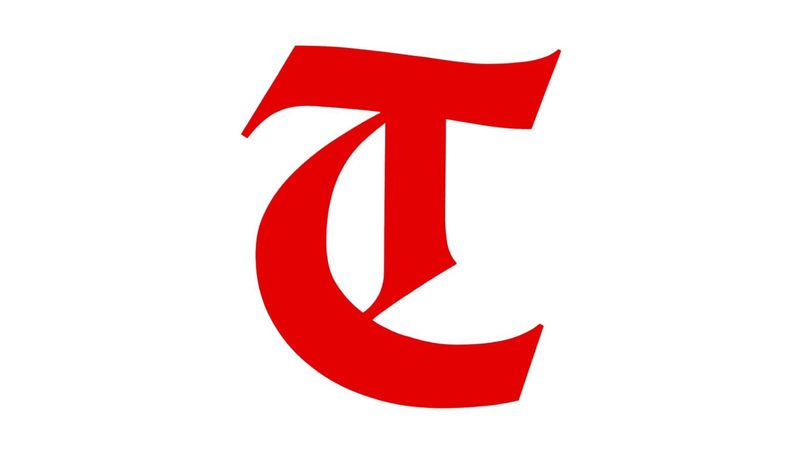Nepal’s Army Chief Discusses Defence Cooperation and Receives Drones from India During Delhi Visit
In a pivotal meeting in Delhi, Nepali Army Chief General Ashok Raj Sigdel engaged in comprehensive discussions with Indian Army…
France’s Clemenceau 25 Mission: A Strategic Naval Deployment in the Indo-Pacific
In a significant move reflecting its commitment to security in the Indo-Pacific region, the French Navy is set to undertake…
Indian Army’s Snowy Rescue Mission: Soldiers Save Trapped Himalayan Brown Bear Cub
In an extraordinary display of compassion and quick thinking, Indian Army soldiers executed a daring rescue operation to save a…
Indian Army’s Snowy Rescue Mission: Soldiers Save Trapped Himalayan Brown Bear Cub.
In a remarkable display of courage and compassion, soldiers from the Indian Army successfully rescued a distressed Himalayan Brown Bear…
ISRO and Indian Navy Successfully Conduct Recovery Trials for Gaganyaan Crew Module
The Indian Space Research Organisation (ISRO) and the Indian Navy have successfully conducted a significant recovery trial for the Gaganyaan…
Nepal Army Chief General Ashok Raj Sigdel Begins Official Visit to India to Boost Military Ties
The Nepal Army Chief, General Ashok Raj Sigdel, has embarked on an official visit to India, marking a significant step…





